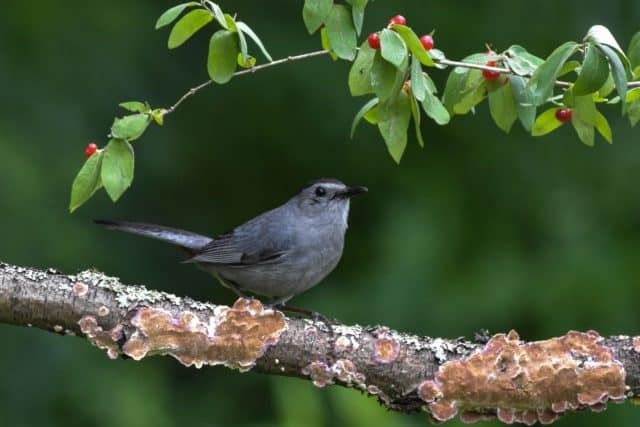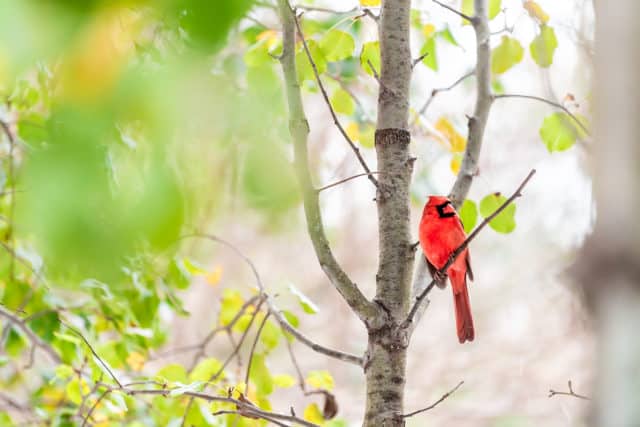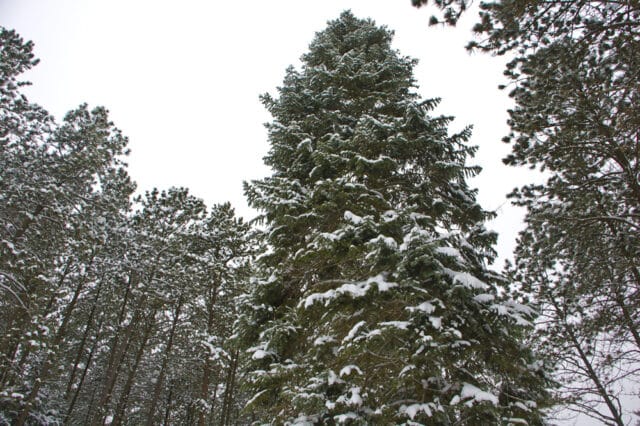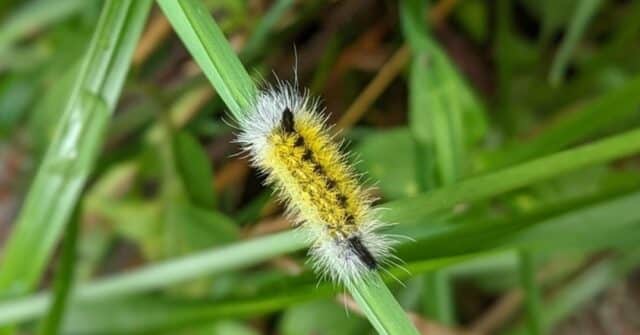
As many people know, Ohio’s bald eagle population has seen a dramatic increase over the past several decades. From a low of 4 breeding pairs in 1979 they had increased to over 700 pairs in 2020, the last year we have data for. Once common, bald eagles were declared an Endangered species in the US in 1967. Habitat loss, illegal hunting, and DDT exposure all contributed to their decline. DDT was banned in 1972 and with the added protections that came with their endangered status the population began a slow recovery. The rate of increase stabilized at about 5% per year during the period of 2013-2017 but saw an unprecedented increase of 20%-30% the following 2 years. This good news means that the population is thriving. In 1995 they were reclassified as Threatened and in 2007 they were de-listed completely.
Bald eagles are apex predators that feed mostly on fish, water birds, mammals, and carrion. They prefer to live near open water or wetlands with mature trees nearby for perching, roosting, and nesting. Both sexes share the same plumage, but females can be 25% larger. They mature at 4 or 5 years and can live for 20 years or more in the wild. They tend to live longer in captivity with the record being nearly 50 years.
Nest building begins early in the year and is usually finished by mid-February. These nests are the largest of any bird in North America, typically growing each year and can reach sizes of up to over 8 feet across and 10 feet deep. Most nests are used for several years but some have been known to be used continuously for over 3 decades.
Between one and three eggs are laid by late February, hatching mid-April to early May with the parents taking turns incubating the eggs. The parent not in the nest will bring back food and nest materials. The young eaglets can gain 6 ounces per day, the fastest of any North American bird. They fledge late June to early July and remain closely attended by the parents for another two months. For the next four years the young eagles will wander widely in search of food before they gain their adult plumage and start looking for a mate.
I chose to write this blog about bald eagles because I have been seeing so many here in the area. Two months ago, on the way home along MLK I saw a pair of eagles perched in a tree on the corner of the road that leads up to Rockefeller Greenhouse. Since then, I saw them again at the tree just to the right of the African American Garden on MLK, next to the road that leads up to St. Clair. On the right of that road there are a few mature pine trees. If you look at the very top of the tree about 40 or 50 feet west of MLK you will see that they have built a nest! The tree is about 50-60 feet tall and it is not easy to see unless you are looking for it. In 2020 there were 3 bald eagle nests in Cuyahoga County. Because their numbers are increasing and MLK Jr. Blvd. is a green corridor leading from the Cleveland Lakefront Nature Preserve and Lake Erie this should become a more common sight in coming years.


Matt Edwards
Animal Care Specialist












